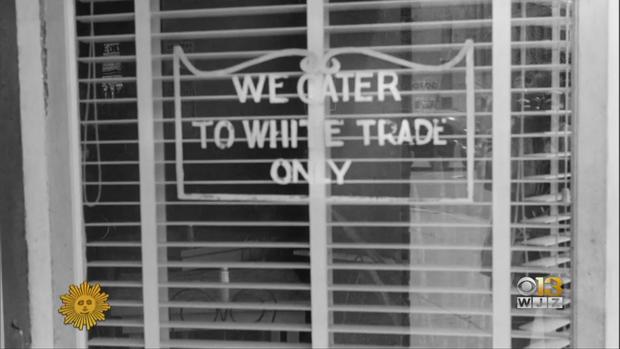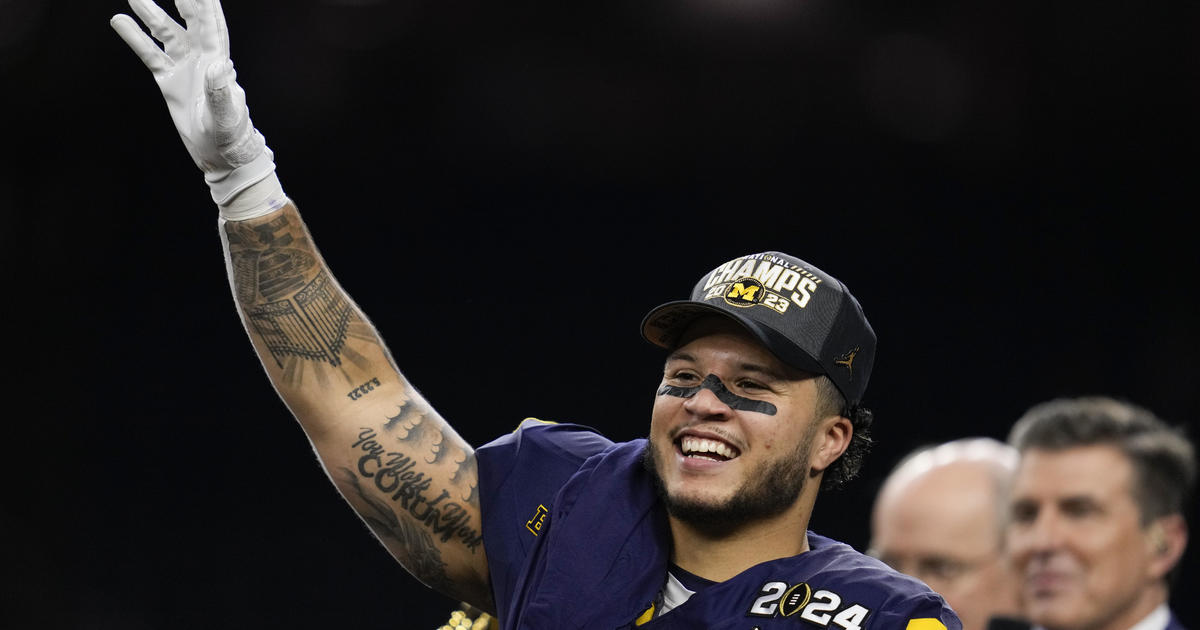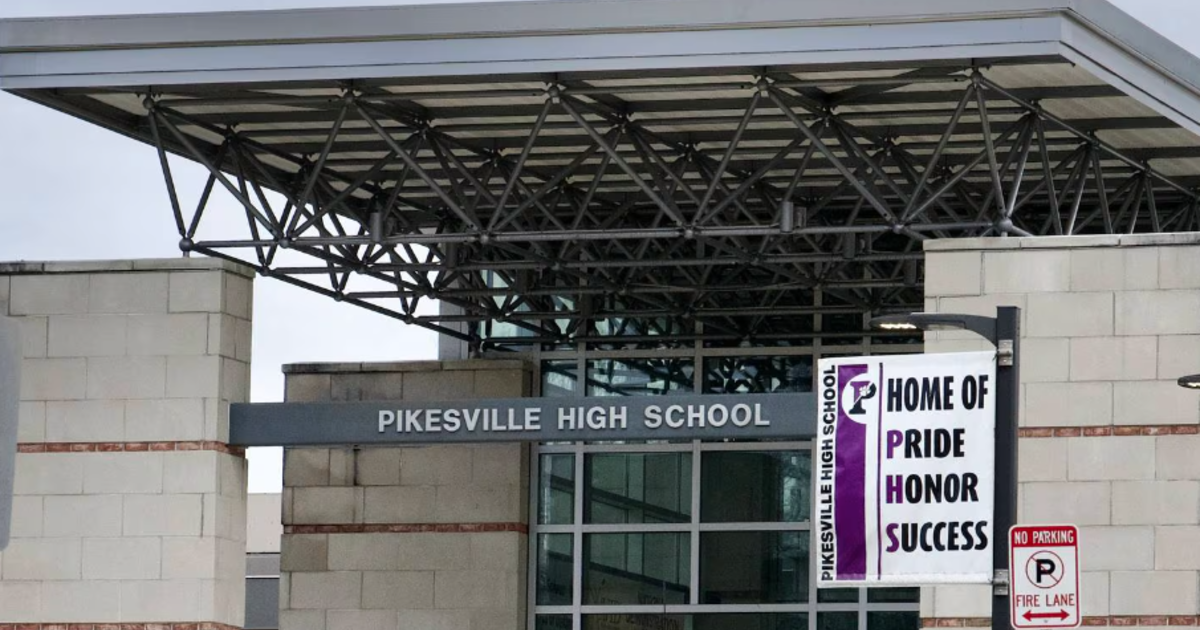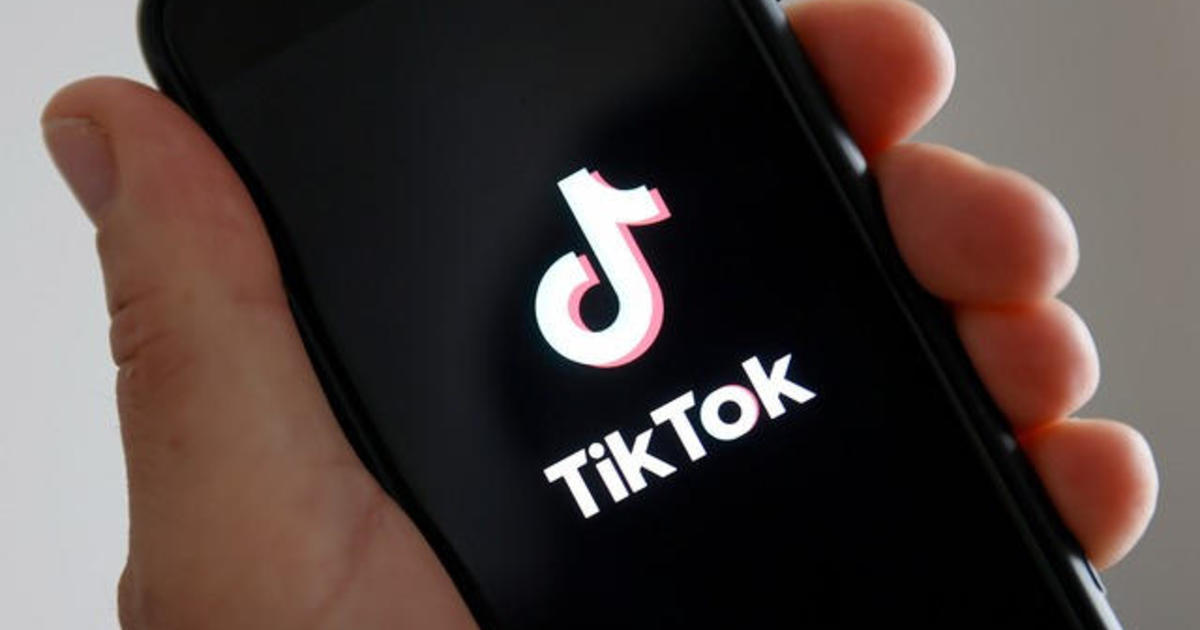'The Green Book' Is More Than An Oscar-Winning Film. It Was A Reality For Blacks In The 1960s.
BALTIMORE (WJZ) -- The film "The Green Book," won 3 Oscars, including Best Picture. It's the story of a black musician and his white bodyguard traveling the Jim Crow South in the '60s.
They use 'The Green Book' to navigate.
That book cataloged where a black person was welcome to stop to eat or sleep -- it also let blacks know where they weren't welcome.
The Green Book was real, and Baltimore was among the cities where it was useful.
Baltimore's Cab Calloway played at The Royal Theatre. So did Duke Ellington, Ethel Waters, Nat King Cole, and the biggest names in jazz and blues.
The Royal Theatre was just one of the theaters on Pennsylvania Avenue that welcomed the very top black talent but not at all hotels. not white hotels.
In the heyday, just two blocks down from Pennsylvania Avenue. if you were a black musician and you came to Baltimore, the first place you checked in was right here on Dolphin Street -- the black musician's hall.
There you'd be directed to a black rooming house, hotel or church and told where you were welcome and where you were not.
"And that would've been in the green book?" WJZ's Denise Koch asked.
"That would've been in the green book," said Margaret Locklear. "Where you could go to eat and where you could get gas what bathrooms and all that."
Locklear grew up on Pennsylvania Avenue, right next door to the once glorious Wonderland Bar.
"I came from the migration from the south in the '50s and we were given this book to let us know where we could stop to urinate or to eat or take a rest because it wasn't safe below the Mason Dixon Line to be caught out in the open," she said.
The first edition of what was then called the 'Negro Motorists Green Book' was published in 1936.
For 30 years it was the guide for black travelers as they drove this country, this state and this city.
"It was necessary for our safety and for our mental well being, darling," Locklear added.
For musicians who spent their lives on the road, moving from city to city -- no matter how famous -- the green book was a means to survival.
Candacy Taylor is writing a book about the green book, she said, in a new Smithsonian documentary
"There were all kinds of businesses listed," Taylor said. "Just what you'd find in an AAA guide, but also very telling in just how many places black people were shut out of."
For sale by subscription and at Esso Gas Station, it sold two million copies a year.
In 1964, The Civil Rights Act was passed. and three years later publication ceased.
Today, there is no green book.
"No, and you don't need it," Locklear said. "We already know. It's ingrained. It's inherent. It's in us. We already teach our children what not to do, what not to say. It's here. (she points to her head). Don't need the book."
The "Green Book Guide To Freedom' premieres Monday, February 25 at 8 p.m. on the Smithsonian channel.
Follow @WJZ on Twitter and like WJZ-TV | CBS Baltimore on Facebook






